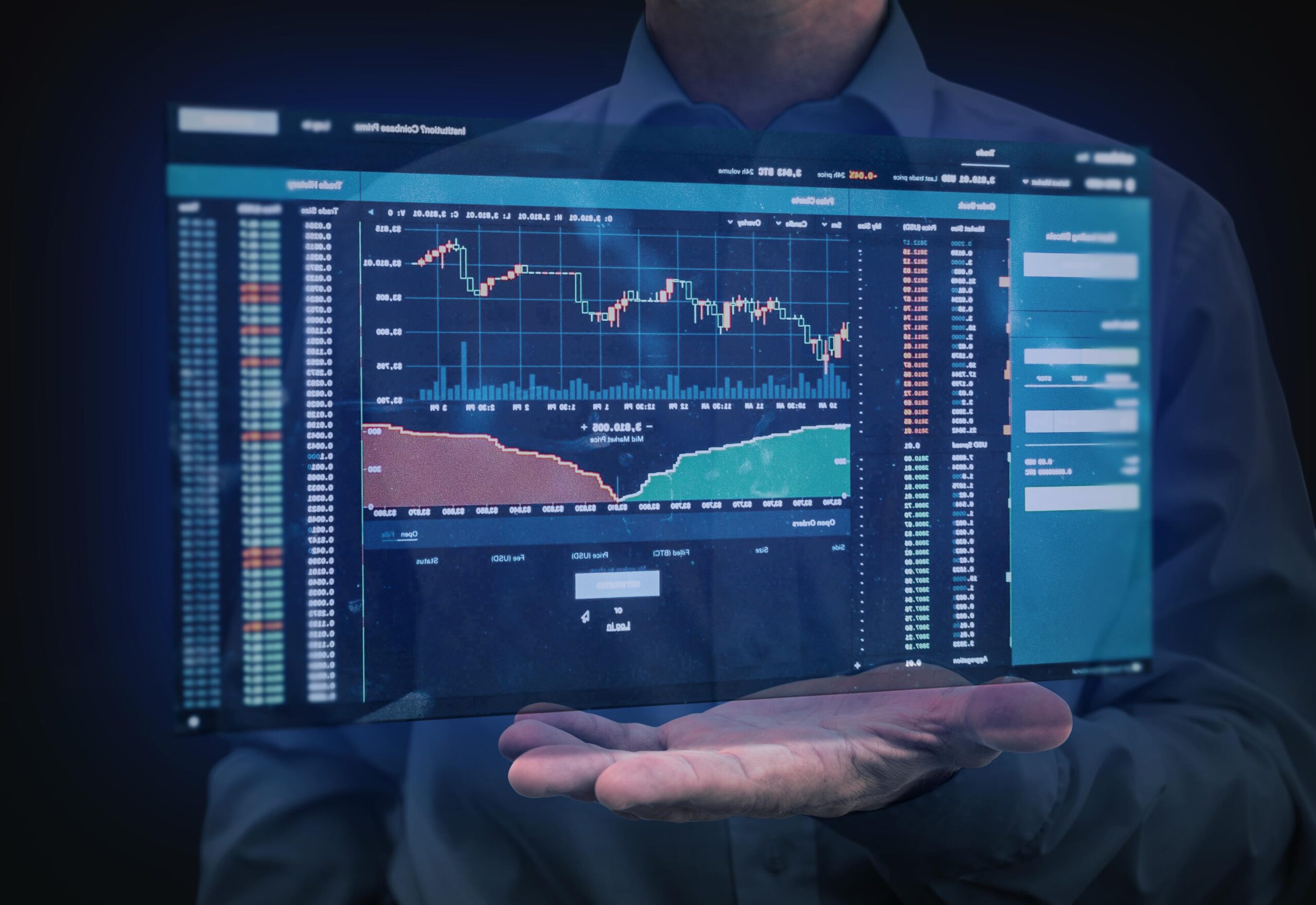5-MIN READ
Top Cyber Threats in 2025 and How to Defend Your Business
Cyber threats in 2025 are more advanced, more frequent, and increasingly powered by artificial intelligence. From ransomware double extortion attacks to AI-generated phishing scams, businesses now face a threat landscape that evolves as fast as technology itself. No organisation—regardless of size or industry—is immune.
Key risks include ransomware that both encrypts and steals data, vulnerable Internet of Things (IoT) devices, supply chain attacks targeting vendors, state-sponsored campaigns fuelled by geopolitical tensions, AI-powered phishing and deepfakes, and the growing influence of quantum computing.
The good news? Businesses can stay ahead with the right strategy. This means investing in proactive cyber security measures such as staff training, multi-factor authentication, zero-trust frameworks, and quantum-resistant encryption planning. By working with a trusted cyber security partner, organisations can detect threats early, minimise downtime, and defend their most valuable assets.
1. Ransomware Double Extortion
Ransomware is a form of malware that infects your IT systems and encrypts your data. You will only get your access back once you pay a ransom. After you do so, the cyber criminal should release your data, but there is no guarantee that things will go back to business as usual.
Ransomware are not new. The double extortion steps are. The attackers will not only encrypt the victim's data, but they will also steal it and threaten to release it publicly unless you pay another ransom.
On the 2nd of January 2024, the Court Services Victoria (CSV) reported that Victoria’s court system had been hit by ransomware. The attack affected recordings of hearings in County Court cases, the Supreme Court, and the Magistrates Court. "It's a double extortion approach. They take the data out and then encrypt it. If you don't pay, they leak your data, and you will never access it," noted Robert Potter of Internet 2.0.
How to defend against ransomware in 2025:
- Have a strong backup and disaster recovery plan in place so you can restore your data without paying the ransom.
- Keep your computer updated with the latest security patches
- Use strong passwords (via a password manager or passkeys) and multi-factor authentication.
- Master email security by avoiding clicking on suspicious links or downloading attachments from unknown sources
- In case you’re a victim of a ransomware attack, immediately isolate the affected systems and power them down to prevent further damage. Then, get help from a cyber security solutions provider to chase the bad actors out of your systems and try to recover as much of your data as possible. But remember IT specialists are not magicians; without strong recovery measures in place, there isn’t much they can do about that!
2. Internet of Things (IoT) Devices
The Internet of Things (IoT) is the network of devices that can communicate and exchange data online. IoT devices can include smart appliances, sensors, cameras, wearable technology, and more.
Because IoT devices can help with efficiency, productivity, and customer satisfaction, they will become even more prevalent this year. The Australian government estimates 21 billion IoT devices by 2030. However, these can pose a threat to businesses. IoT devices are often not very secure and can be easily hacked, so attackers can use them to gain access to the target's network.
The most recent available data from Check Point Research showed an average of nearly 60 IoT attacks per week per organisation. The most affected region was Europe, followed by APAC. One of the most affected sectors is Education & Research.
To defend against IoT attacks, organisations should follow these best practices:
- Purchase IoT devices from brands that prioritise security.
- Secure your IoT devices with complex passwords, multi-factor authentication (MFA), encryption, and firewalls.
- Update your IoT devices regularly with the latest software and firmware patches.
- Use separate networks for IT and for IoT.
- Monitor your IoT devices for any suspicious or abnormal activity.
- Educate your staff and customers about the risks and responsibilities of using IoT devices.
- Implement a comprehensive IoT security strategy for your business and a zero-trust policy for connected devices.
3. Supply Chain Attacks
In 2025, attackers know businesses are only as strong as their weakest vendor. A supply chain attack targets the software, hardware, or services used by an organisation or its suppliers. Attackers will often target the weakest link in the supply chain, which can be a third-party vendor. After gaining access through the supply chain, the attackers will then move laterally to the target's network.
A memorable supply chain attack happened back in 2021 when cybercrime group, Revil, targeted businesses by exploiting a vulnerability in their Kaseya software platform. The attackers demanded ransoms of up to $7 million. Such attacks will increase this year due to the complexity of global supply chains, the reliance on third-party suppliers and the sophistication of cyber attackers with the widespread use of generative AI tools.
Your business can reinforce its defences against supply chain attacks via these measures:
- Conduct regular risk assessments and audits of your suppliers and partners, verifying their security practices and compliance standards
- Implement robust security controls and policies for your systems and networks, ensuring they are updated and patched regularly*
- Train your staff and stakeholders on how to recognise and report suspicious or malicious activities or communications
- Establish clear communication channels and protocols with your suppliers and partners, so you can verify their identity and authenticity before transacting or sharing any sensitive information
- Develop contingency plans and backup strategies for your supply chain operations, testing them periodically
*Ask your cyber security services Brisbane consultant or cyber security solutions Townsville provider for guidance.
4. State-Sponsored Attacks (SSA)
State-sponsored attacks are not just a big-business or government problem anymore. In 2025, geopolitical tensions have supercharged these attacks, targeting businesses in critical industries like healthcare, energy, and finance.
State-sponsored hackers use deepfake audio, video, and emails to impersonate executives, employees, or government officials, tricking victims into handing over sensitive information or system access.
Government entities and critical infrastructures must take proactive steps for protection against SSA, such as:
- Implement a robust and tailored cyber security strategy that covers all specific aspects of your network, systems, data, and people
- Monitor your network for any signs of intrusion or compromise, and respond quickly to any incidents
- Collaborate with industry associations and other government agencies to share information and best practices on SSA prevention and mitigation
5. AI-Generated Phishing & Deepfakes
This is the newest threat in 2025, and it’s spreading fast. Attackers now use AI to create emails, voice calls, and even live video feeds that look and sound real.
Imagine receiving a video call from your “CEO” instructing you to wire funds, but it’s actually a deepfake attack. Or getting a phishing email that perfectly mimics your supplier’s style and tone.
How to defend against AI phishing:
- Educate staff about AI scams and deepfake red flags.
- Implement MFA beyond SMS (use authenticator apps or hardware keys).
- Introduce internal verification processes for financial or sensitive requests.
- Use AI-driven security tools that can detect anomalies.
6. Quantum Computing
While practical quantum computing could still be a few years away, significant developments are happening. As quantum computers are able to perform tasks much faster than classical computers, it can be both good and bad for cyber security.
Quantum computing could improve cryptography and create more secure communication channels. But quantum computers can also pose a serious threat to cyber security solutions: They can break some of the current encryption methods that protect data and communications.
Further developments in quantum computing in 2025 could include the following:
- Cyber actors are collecting encrypted data now (so they can crack it open when quantum computing allows them to do so)
- Continued investment and research in developing quantum computers by both governments and private companies
- Increased interest in using quantum computers for artificial intelligence, machine learning, optimisation and simulation, cryptography, chemistry, physics, biology, medicine, and finance
To prepare for quantum computing, monitor its developments and trends, and start exploring quantum-resistant encryption methods that would be hard for both classical and quantum computers to solve.
You're Only As Strong As Your Weakest Link
Considering human error is the leading cause of cyber security incidents, you can start preparing for all these cyber threats by understanding your human risk areas.
ADITS offer a free Human Risk Report to all businesses in Brisbane, Townsville and surrounding areas.
This solution will:
- Scan your domain and employees’ email addresses on the dark web
- Test your staff against a phishing attack
- Give you a security score and the timeframe of your future data breach
- Provide actionable steps you should take to reinforce your infrastructure from the bottom up
FAQs
Q1: What is the biggest cyber threat for businesses in 2025?
While all threats are significant, ransomware with double extortion remains one of the most damaging. Attackers not only encrypt critical data but also steal it, threatening to leak sensitive information unless an additional ransom is paid.
Q2: How does AI make cyber attacks more dangerous?
AI allows attackers to create highly realistic phishing emails, voice calls, and even deepfake video conferences that are nearly impossible to distinguish from legitimate communication. This makes traditional defences less effective and increases the importance of verification processes and advanced detection tools.
Q3: Are small and medium-sized businesses (SMBs) really at risk?
Yes. SMBs are often prime targets because they may lack dedicated cyber security teams or advanced defences. Attackers know smaller businesses can provide an entry point into larger supply chains, making them a valuable target.
Q4: How can my business prepare for quantum computing threats?
While quantum computing isn’t an immediate danger, businesses should monitor developments and begin exploring quantum-resistant encryption methods. Early adoption will ensure long-term data security once quantum computers become more powerful.
Q5: What’s the first step to protect against these 2025 threats?
Start by assessing your human risk factors—since most breaches begin with human error. Conduct phishing simulations, test staff awareness, and work with a cyber security provider to strengthen your systems, processes, and defences from the ground up.
Get your free report now:
Stay up to date
Subscribe to our newsletter for IT news, case studies and promotions






